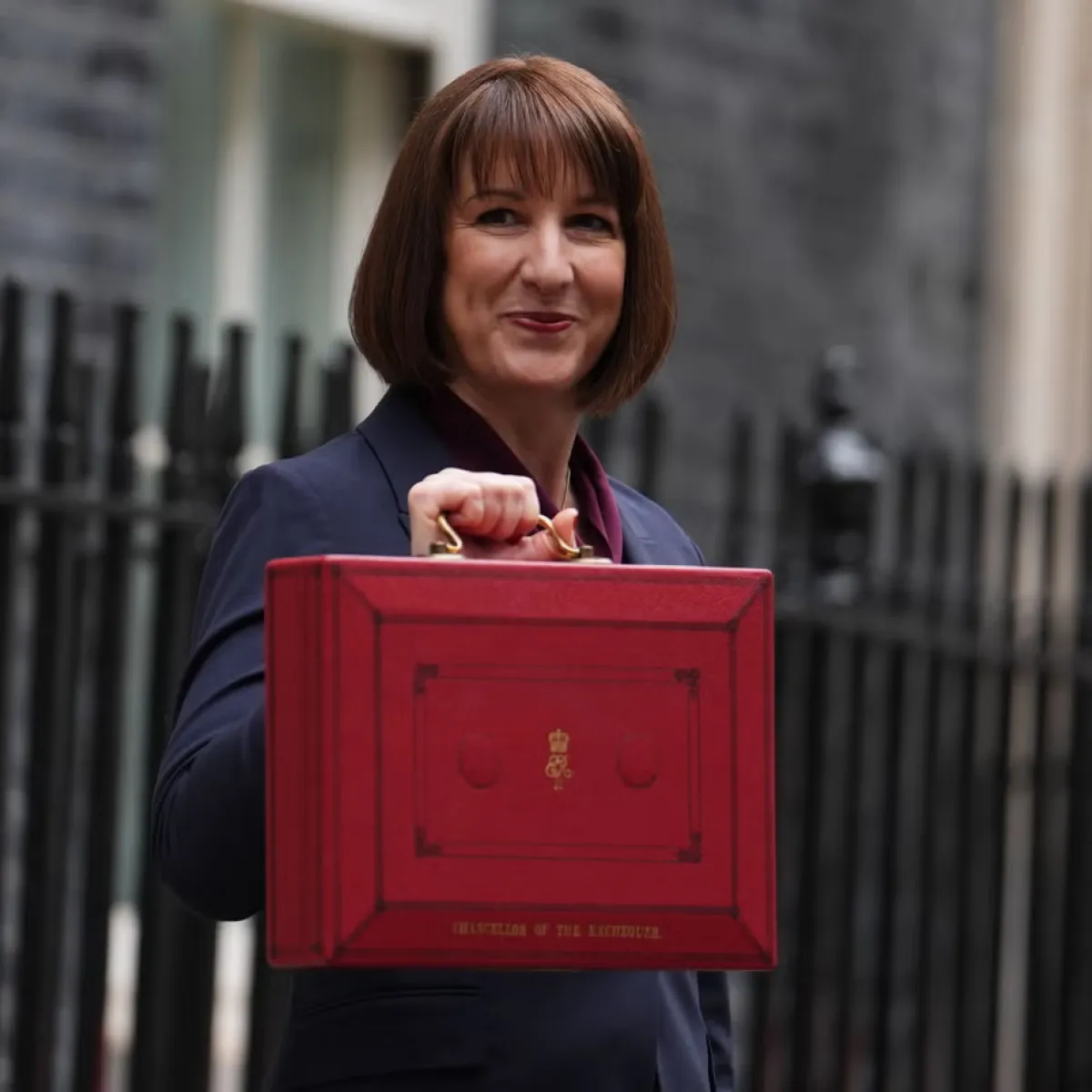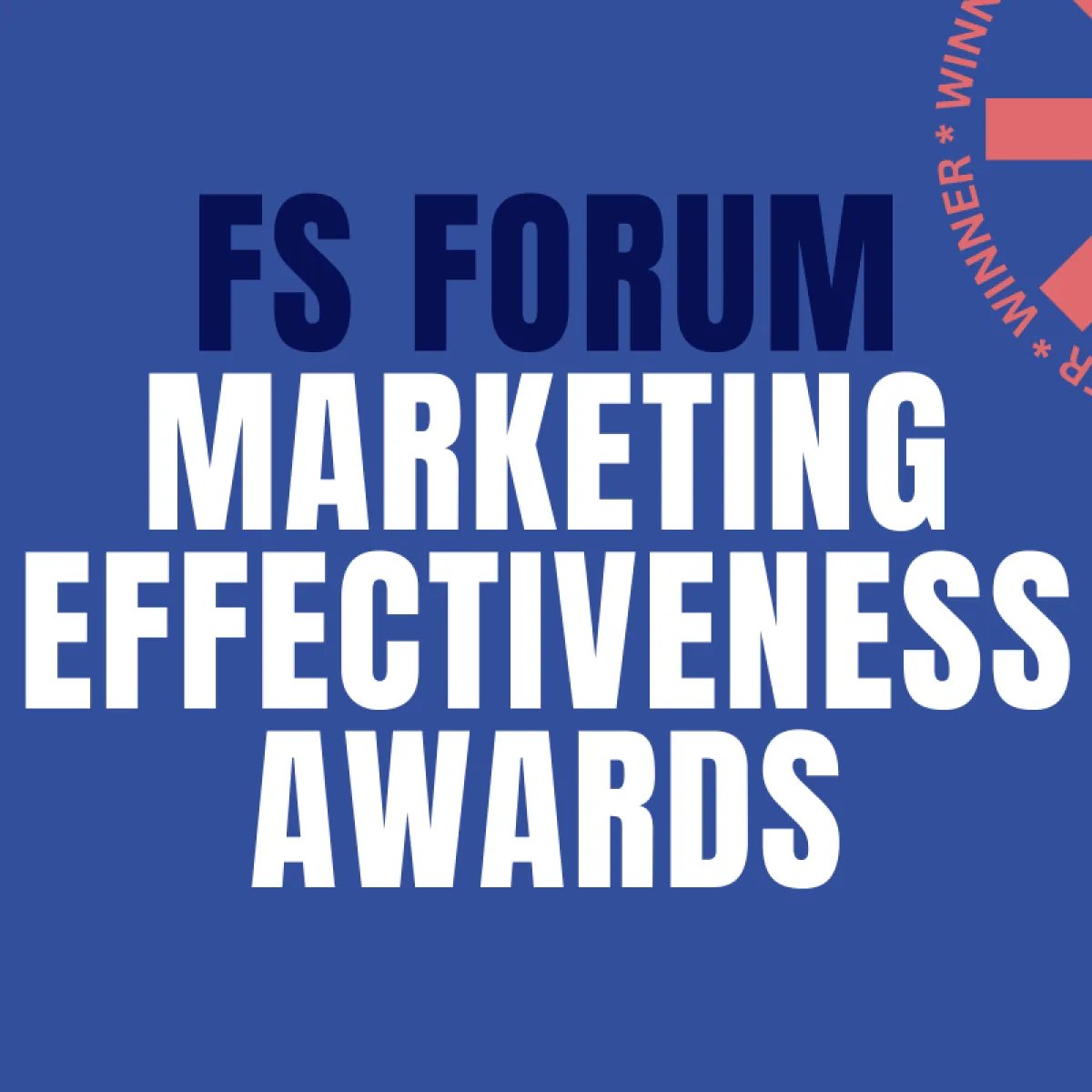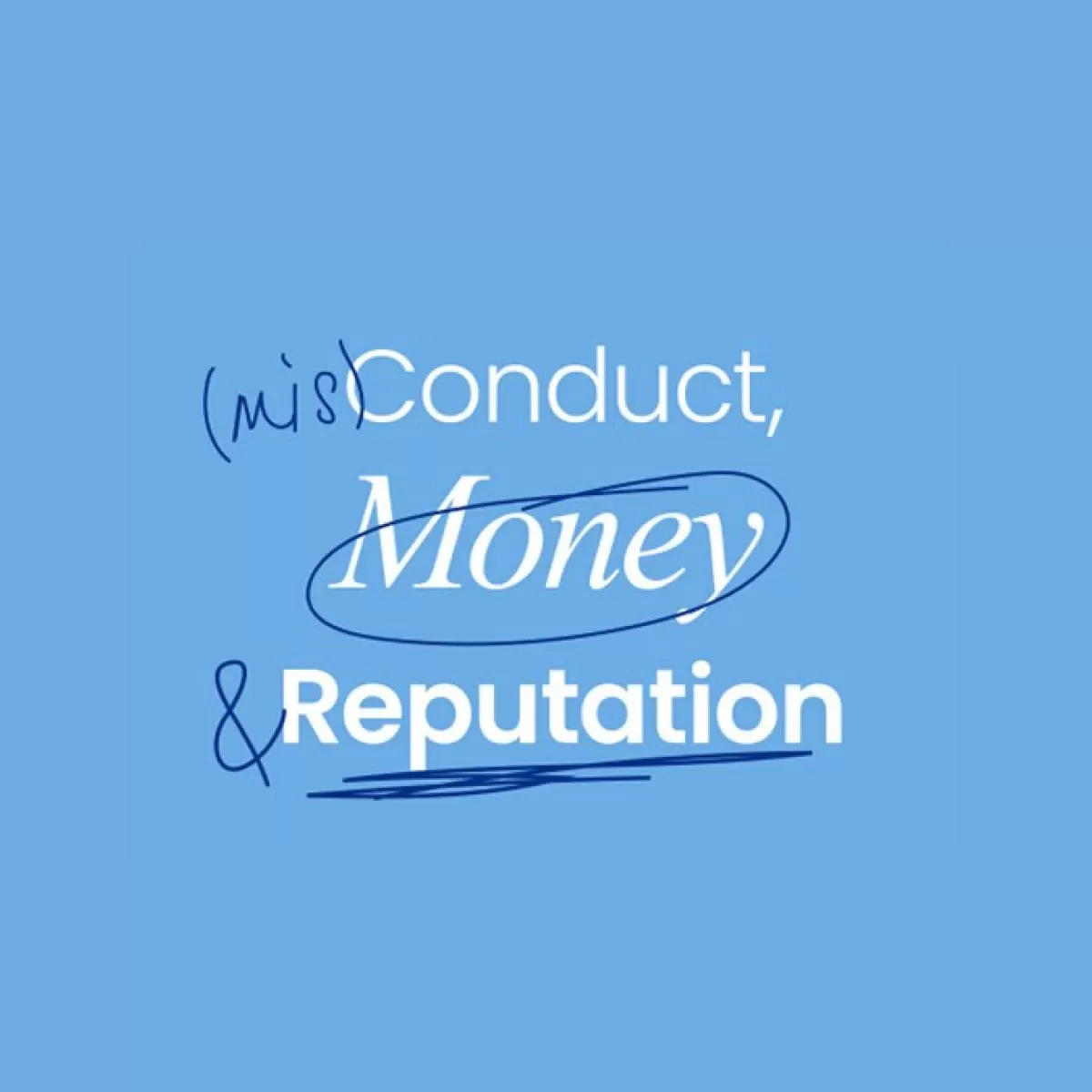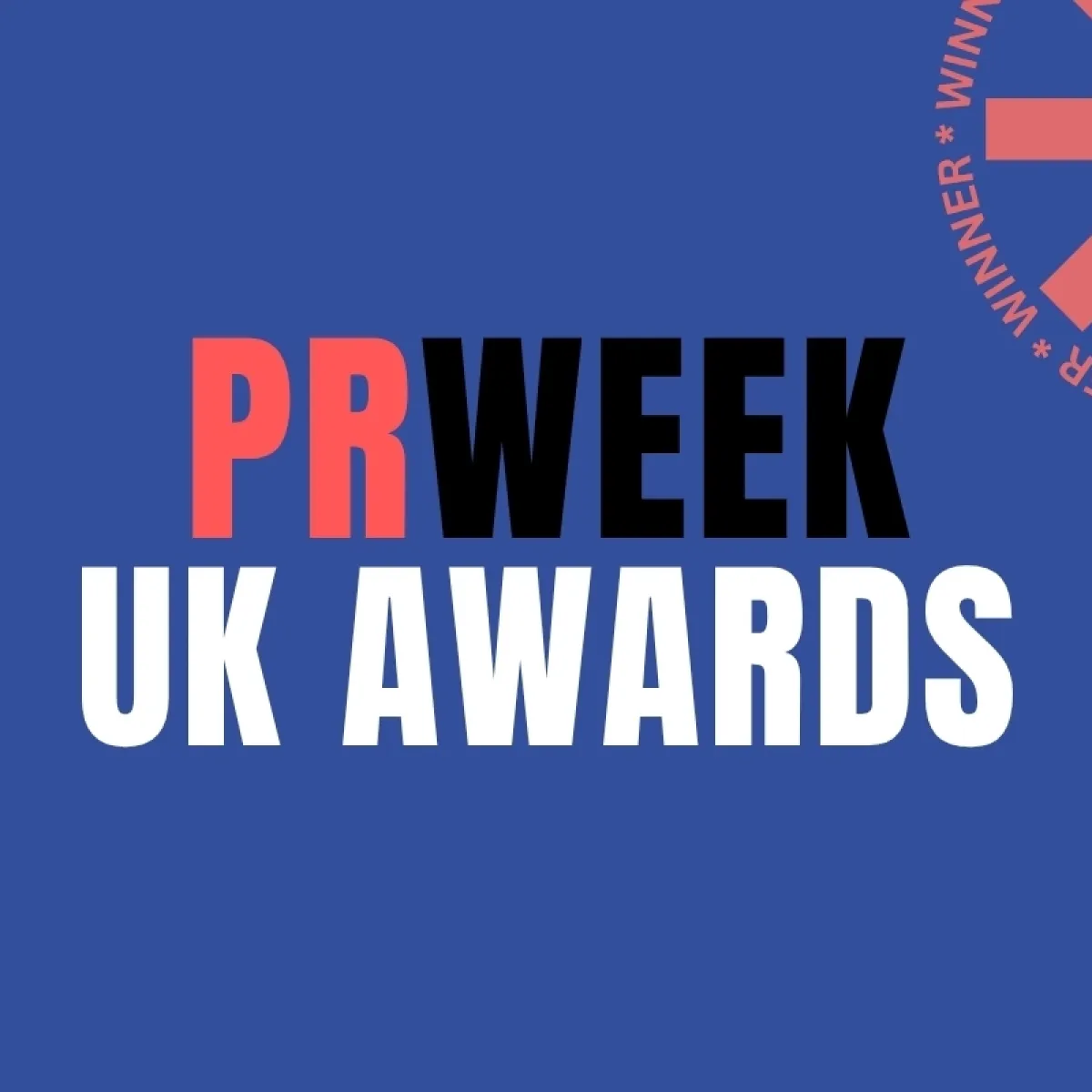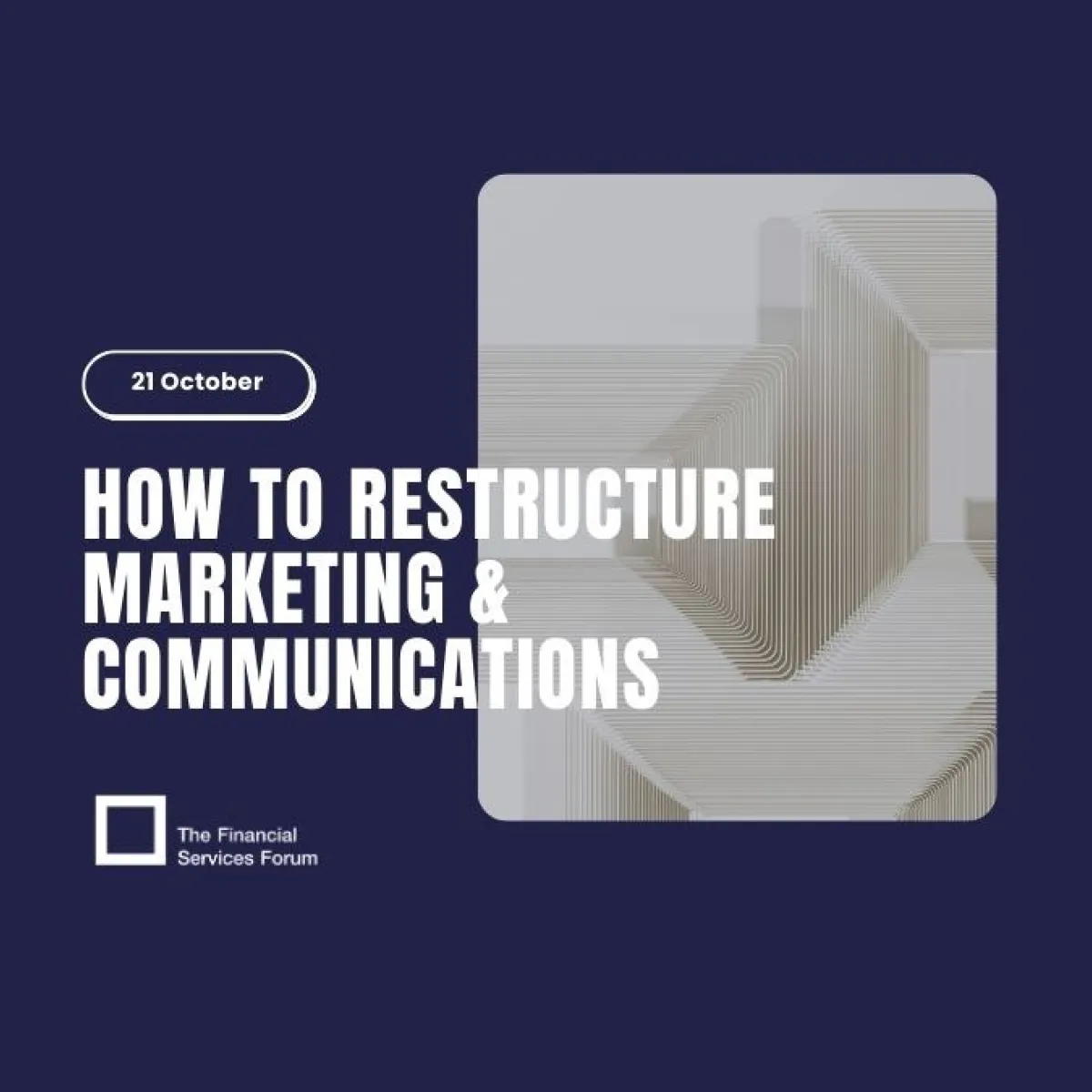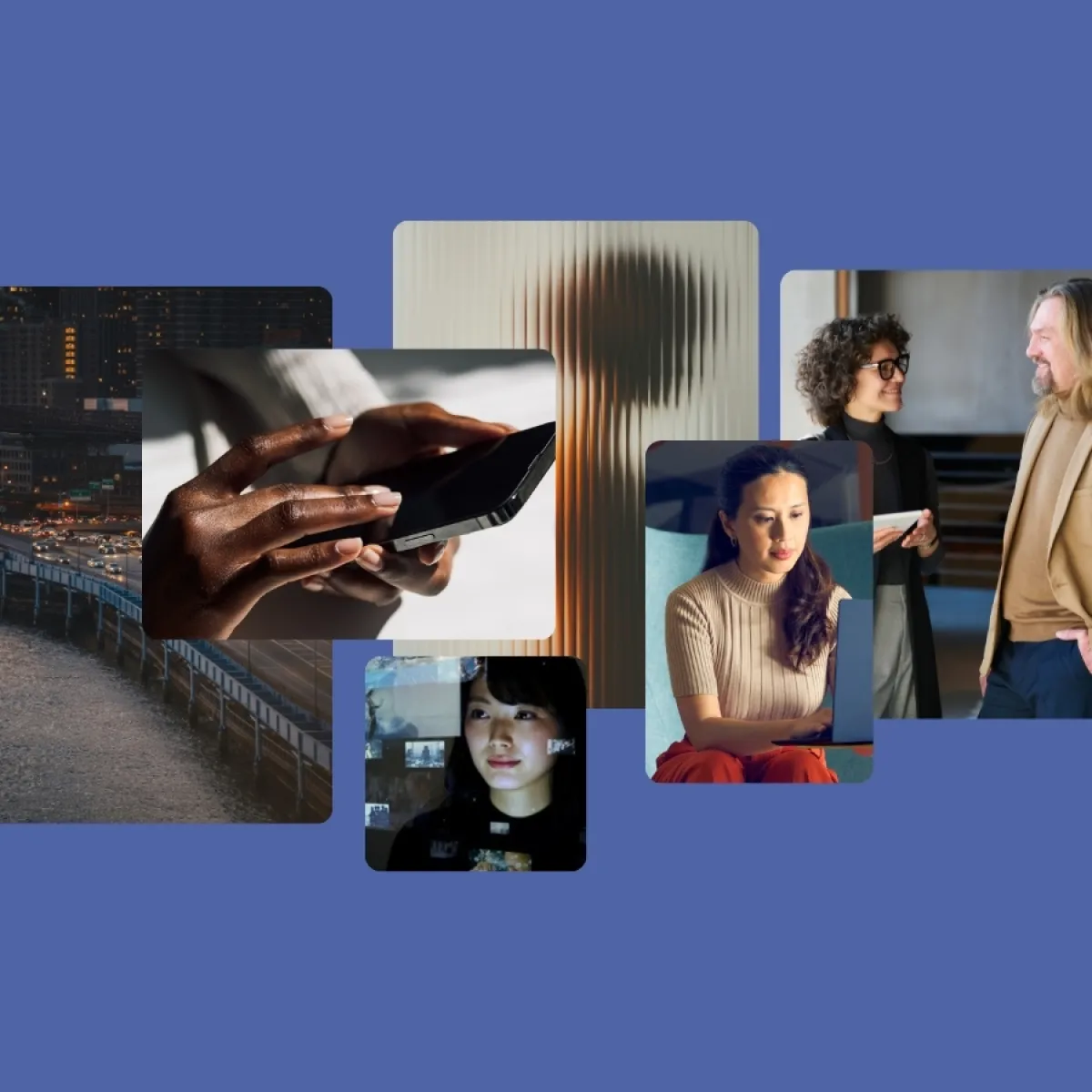This website uses cookies. Learn more
Digesting an array of sessions at this year’s Creatorfest – London’s festival of the creator economy – our digital team share their main takeaways and the insights we believe will shape the creator economy and world of influencer and creator marketing in 2025 and beyond.
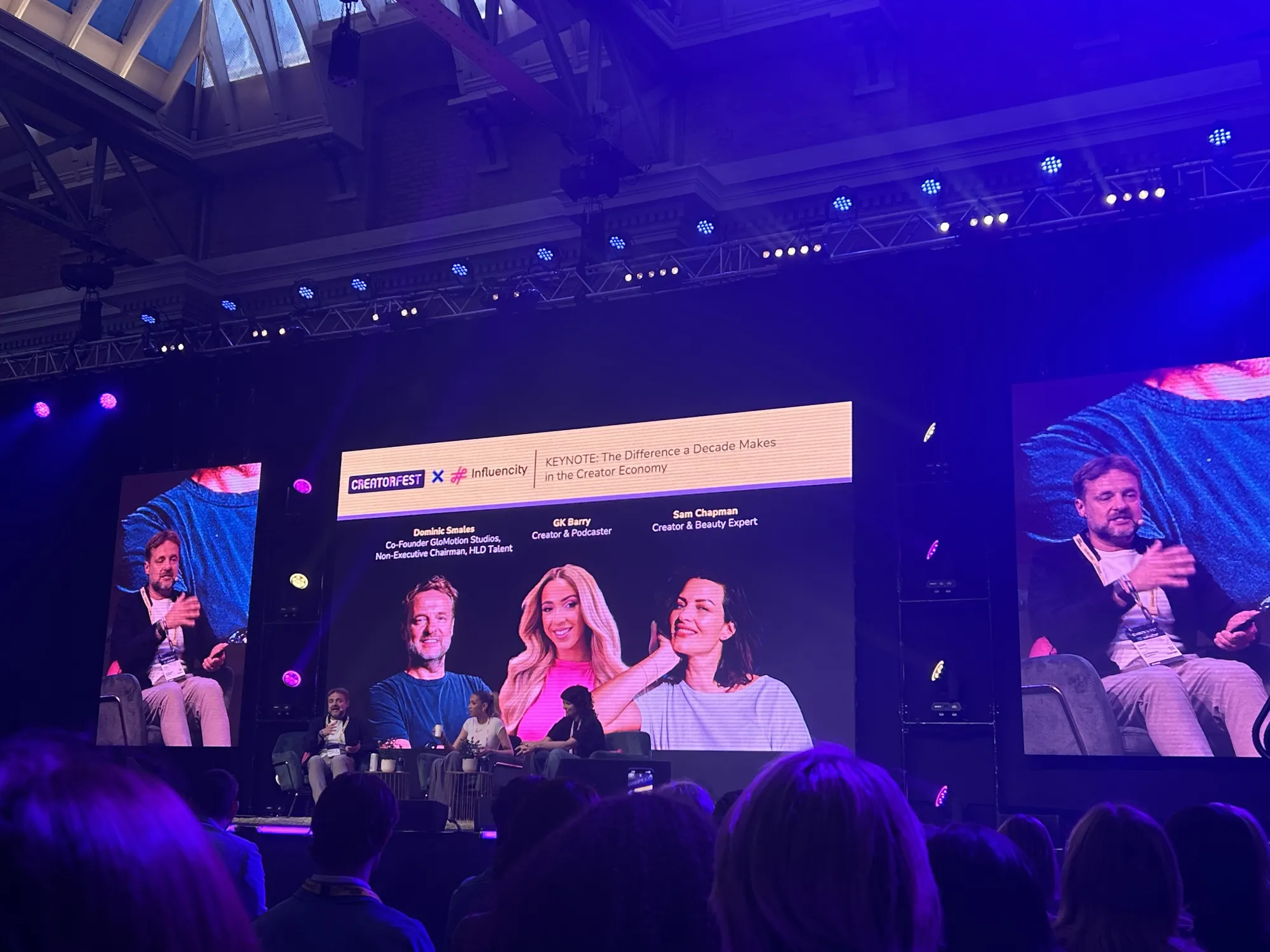
1. Creators vs. Influencers? What’s the difference?
Are you a creator or are you an influencer? The terms are often used inter-changeably, but this isn’t a helpful trend. There’s a difference.
- Influencers – personalities who influence consumer purchasing decisions by creating content that reflects their own lifestyle, behaviour or habits
- Content creators – individuals who create content in a variety of forms around a given theme, using their expertise or knowledge to build and influence an audience with shared interests.
There are admittedly some shared traits. They both create content and they both influence audiences. But their creative capabilities, and more importantly their ability to influence, can vary wildly. If you’re looking to increase sales of a direct-to-consumer retail product, an influencer partnership is likely to have a positive effect on sales. If you’re looking to build trust or drive a perception shift, a content creator partnership could be an effective route to test.
So, remember the distinction, while it might seem insignificant its key to understanding how you can work effectively with influencers/creators.
2. ‘EGC’ is a growing source of creators.
What on earth is ‘EGC’?
EGC stands for ‘employee generated content’ and is effectively an adaptation of ‘user generated content’. But this time instead of harnessing content creation by audiences, it refers to the harnessing of content creation by employees. EGC isn’t exactly a new phenomenon, many brands have been capitalising on it for some time, it arguably remains an underutilised means of authentic and creative storytelling. But all that could be about to change…
People don’t watch products, people watch people. Human-led storytelling unlocks levels of emotional response and authentic connection that brand-led communications can’t. And who better to tell these stories than the people who work for a brand day-in, day-out. We can expect to see more brands follow the trend of empowering employees as content creators with a clearly defined role in marketing strategies.
3. Performance marketing can be the death of creativity. Don’t forget a funnel has two ends.
Influencer/creator marketing has a (predominantly brand and agency-driven) problem when it comes to performance marketing and short-termism.
This manifests itself in two ways:
- Activations are too often viewed as a bottom of funnel sales conversion tool and assigned unrealistic ROI metrics.
- Activations are too often seen as a ‘one and done’, not a long-term play.
This creates an unrealistic expectation around what’s achievable from a sales conversion perspective. One activation is expected to move a very specific set of performance dials from a standing start – allowing short-termism and an obsession with cost efficiency to stifle the exploration of more creative (potentially riskier) activations.
Focus shifts to what worked last time, squeezing originality out of the picture. Content becomes formulaic and designed to reward the algorithm above all else.
To borrow from Binet and Field (renowned as the “godfathers” of marketing effectiveness) we need to remember the 60/40 rule when it comes to the role of influencer/creator marketing, using it as a guide to balancing brand building (awareness) vs. sales conversion (performance marketing).
Applying this rule forces us to consider the role influencers and creators can play at both ends of the funnel, as a tool to build awareness (unlocking the opportunity for creative thinking) and to guide consumers to a conversion, ideally through our next insight…
4. Thinking about ROI? Think long-term. Think partnerships.
The age of one and done is over.
If you want effectiveness you need to think about how to build longer-term partnerships with influencers and content creators, not how to deploy them in a one-off activation.
This isn’t to say one-off activations can’t work, they absolutely can and do, but this tends to be for more retail focused consumer products – think fashion, beauty, food and drink – but driving consideration for more complex product sets or changing consumer perceptions takes time.
A lot of activations feel trapped in the 2014 era where an influencer promoted a product and consumers went out and bought it.
Some brands still feel this is what will happen when they partner with an influencer, but the way consumers perceive this kind of marketing has changed. With so many influencers promoting so many brands and products, audiences have become accustomed to these kinds of ads and are less likely to be swayed.
This is where the ‘60/40’ rule comes in again.
Whether it’s working with multiple creators to target audiences at different consideration stages (some with brand building objectives, some with conversion focused objectives) or how you apply the rule across a long-term partnership with one creator, creating multiple activations that begin with awareness objectives and end with more direct CTAs.
Developing partnerships with creators takes more consideration and planning, but it is more likely to deliver when it comes to effectiveness, more likely to provide valuable qual and quant measurement data, and more likely to lead to creative and authentic content that connects with audiences.
5. Creators aren’t just a content farm.
Another trend we can expect to see more of is content creators being harnessed not just as a route to creating video content hosted on their own channels. Broader partnerships with creators open opportunities for collaborations that come in different shapes and sizes.
Don’t just see content creators as individuals who’ll create video content and loan you their audience – they can have a much bigger role if you let them.
The next time you consider the role a creator could play, look beyond their channels. Could they also act as your media spokesperson, is there a role for them as a brand ambassador, could they host an offline event for you or even act as a regular expert on your owned channels. Authenticity and giving a creator the freedom to make a campaign come to life in a way that resonates with their audience remain vital, but there are many forms your partnership with them can take.
6. How to navigate the format maze.
Video is the format “du jour” for now, but how long for and what’s coming next?
There tends to be something of a cyclical nature by which format sits at the top of the content tree at any given moment, generally based on what platforms are pushing and what is resonating with audiences. But platforms don’t stand still and often follow a herd mentality, seeing success elsewhere and replicating as quick as possible – remember when vertical ‘Stories’ was a one platform feature?
Platforms can also be quick to revisit past successes - where Reels were once the new kid on the block, aren’t they also remarkably similar to Vine? Audiences can also be remarkably fickle. Podcasts were the hot new thing a few years ago (despite originating in the early 2000s) touted as the audio escape to the explosion of video-led content, but now you can’t seem to have a podcast without a video element.
The reality is comms and marketing professionals need to understand and invest in a wide range of formats – which you can dial up and down based on what’s working for you right now. Creator marketing can provide helpful insights into what’s currently winning the format attention war to feed into your test and learn plans.
P.s. if you want to know what format’s the next big thing it’s live streaming (anyone remember Meerkat and Periscope?)
7. Time to invest in measurement.
Historically, measurement has often been a sore point when it comes to proving the ROI of working with influencers and creators. Sure, if your objective is to increase product sales this is less of an issue, but what about if you’re looking to increase awareness, shift perceptions, or drive consideration for more complex products – think investing not cosmetics.
As a rule, you need to start thinking beyond vanity metrics when it comes to evaluating the effectiveness of partnerships with more complex objectives. Views, likes and shares tell you one thing, but they won’t necessarily help you when the person who holds your budget asks “but what did we actually get from this investment?”
Don’t discount this kind of quant data, after all it will still help you understand the basics of did people find your content engaging, but to prove effectiveness against more complex objectives you need to look for qual data as well.
Some of this can be found by designing content partnerships that capture qual data, but for bigger budget marketing campaigns you should consider ringfencing budget specifically for measurement, investing in qualitative research to understand or prove the true ROI of your activity.
8. Influencers have their red flags when it comes to brand partnerships
When it comes to partnering with an influencer or creator, authenticity is key and giving them the tools to bring a campaign to life can be vital to its success. This doesn’t mean scripts and strict guidelines. Whoever you’re working with will want to be able to interpret a brief in a way they know will resonate with their audience, and a rigid script doesn’t allow them to do this.
For any campaign, key messages are important. Yet, influencers and creators will turn down work if they feel the messages do not suit their audience. When it comes to selecting the right partner for a campaign its crucial to have a natural alignment to build the key messages around them and what they know will engage their audience.
It’s not all red flags though.
When considering a brand partnership influencers and creators love when a brand mentions they have watched their organic content or want the content to look like a previous organic video, it shows the brand has taken a real interest in them and understands their audience.
So, what’s the takeout?
Do your research. It’s the only way to find the right people to partner with and to convince them you’re the right partner too.
If you’d like to get in touch with the team direct, you can reach them at TomC@lansons.com and SorchaH@lansons.com
Stay in the loop with our experts




New Business: to find out how we can help you, contact our dedicated new businesss team consultancy@lansons.com
Careers: we’d love to hear from you, please visit our careers hub



